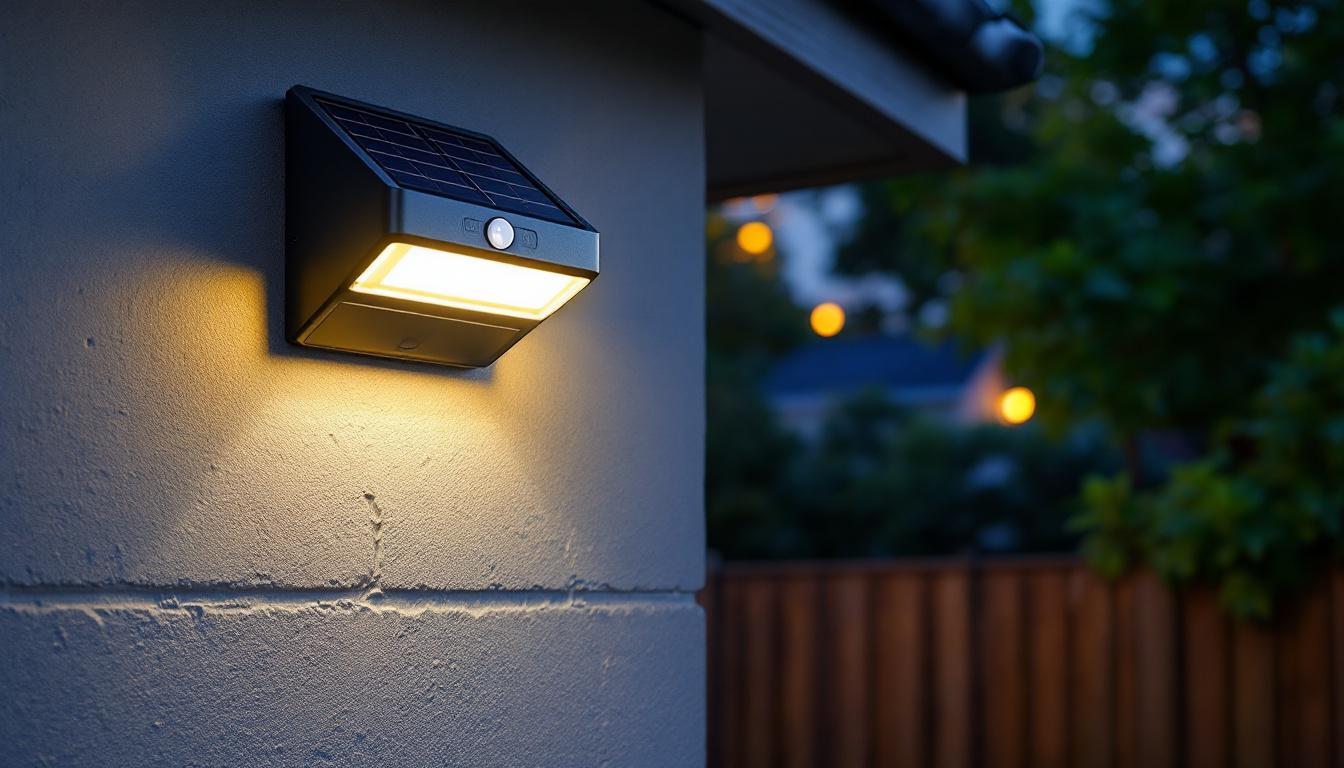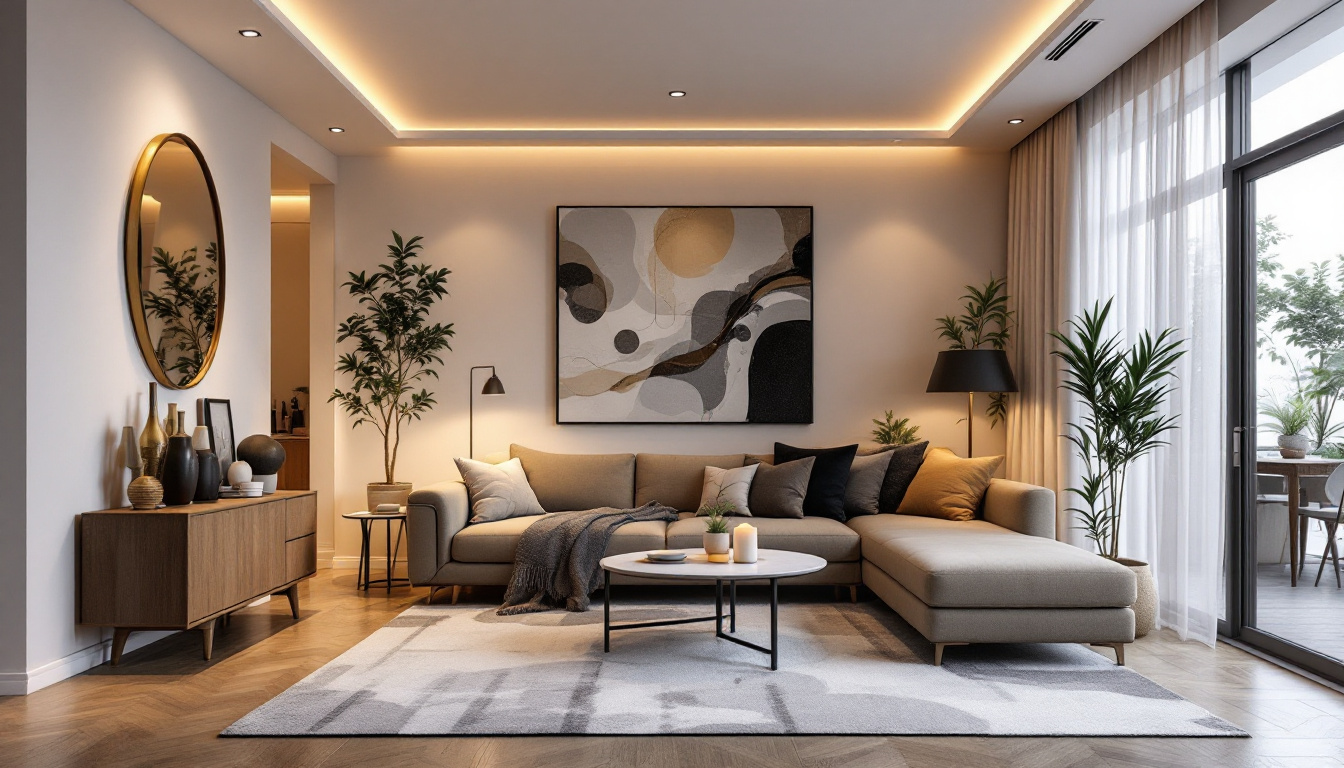
In the ever-evolving world of lighting technology, contractors face a myriad of choices when it comes to selecting the right products for their projects. Among these options, LED tubes have gained significant traction due to their energy efficiency, longevity, and versatility. However, they are not the only choice available. This article delves into the advantages of LED tubes compared to traditional lighting alternatives, helping lighting contractors make informed decisions that best suit their clients’ needs.
LED tubes are a modern lighting solution that utilizes light-emitting diodes to produce illumination. They are designed to replace traditional fluorescent tubes, offering a more efficient and environmentally friendly option. With advancements in technology, LED tubes have become increasingly popular in commercial, industrial, and residential settings.
One of the most significant advantages of LED tubes is their energy efficiency. Compared to traditional fluorescent lights, LED tubes consume considerably less power while providing the same amount of light output. This reduction in energy consumption translates to lower electricity bills for clients, making LED tubes an attractive option for budget-conscious projects.
Furthermore, the energy savings associated with LED tubes contribute to a reduced carbon footprint. As sustainability becomes a priority for many businesses and homeowners, choosing energy-efficient lighting solutions aligns with broader environmental goals. In fact, studies have shown that switching to LED lighting can reduce energy consumption by up to 75%, which not only benefits the wallet but also supports global efforts to combat climate change.
LED tubes boast an impressive lifespan, often lasting up to 25,000 hours or more. In contrast, traditional fluorescent tubes typically need to be replaced every 10,000 hours. This extended lifespan not only reduces maintenance costs but also minimizes the frequency of replacements, which can be particularly beneficial in hard-to-reach areas. For businesses, this means less downtime and disruption, allowing operations to run smoothly without the constant need for lighting replacements.
Additionally, LED tubes are more durable than their fluorescent counterparts. They are constructed with robust materials that can withstand vibrations and impacts, making them suitable for a variety of environments, including warehouses and manufacturing facilities. This resilience is particularly important in settings where equipment is frequently moved or where harsh conditions may be present, ensuring that lighting remains reliable and effective over time.
The quality of light produced by LED tubes is another crucial factor to consider. LED technology allows for better color rendering, which is essential in settings where accurate color perception is necessary, such as retail spaces or art galleries. The ability to choose from a range of color temperatures also enables contractors to create the desired ambiance for different applications. For instance, cooler temperatures can enhance productivity in office environments, while warmer tones may be more suitable for creating a cozy atmosphere in restaurants or homes.
Moreover, LED tubes do not flicker like fluorescent lights, which can cause eye strain and discomfort for occupants. This consistent light output enhances the overall experience of a space, making it more inviting and comfortable. Additionally, many LED tubes are now available with dimming capabilities, allowing users to adjust the brightness according to their needs, further enhancing the versatility and functionality of these lighting solutions. This adaptability makes LED tubes an ideal choice for dynamic spaces that require varying levels of illumination throughout the day.
While LED tubes offer numerous advantages, it is essential to consider the alternatives available in the market. Fluorescent and incandescent lighting remain popular choices for many contractors, each with its unique characteristics.
Fluorescent lighting has been a staple in commercial and industrial applications for decades. These tubes are known for their affordability and widespread availability. However, they come with several drawbacks that contractors should be aware of.
Fluorescent tubes require a ballast to operate, which can add complexity to installation and maintenance. Additionally, they contain hazardous materials, such as mercury, which necessitates special disposal procedures. This can be a significant concern for environmentally conscious clients. Moreover, fluorescent lights can flicker and take time to warm up, which may not be suitable for environments that require immediate and consistent illumination, such as in retail spaces or hospitals.
Another consideration is the color rendering index (CRI) of fluorescent lights, which often falls short compared to incandescent and LED options. This can affect how colors appear under fluorescent lighting, potentially impacting customer experiences in retail settings or the accuracy of tasks in work environments. Despite these drawbacks, advancements in fluorescent technology, such as the introduction of high-efficiency and compact fluorescent lamps (CFLs), have made them a viable option in certain applications, particularly where cost is a primary concern.
Incandescent bulbs are often favored for their warm light quality and instant brightness. They are relatively inexpensive and easy to install. However, their energy efficiency pales in comparison to LED tubes. Incandescent bulbs consume significantly more electricity and have a much shorter lifespan, leading to higher long-term costs for clients.
Furthermore, the trend toward energy-efficient lighting has led to increased regulations on incandescent bulbs, making them less viable for many applications. As a result, contractors may find that LED tubes are a more future-proof option for their projects. Despite these challenges, incandescent lighting still holds a special place in residential settings due to its ability to create a cozy and inviting atmosphere. Many homeowners appreciate the soft glow that incandescent bulbs provide, especially in living spaces and dining areas where ambiance is crucial.
Additionally, the simplicity of incandescent technology means that they can be easily dimmed, allowing for greater control over lighting levels. This feature is particularly appealing for homeowners looking to create versatile spaces that can transition from bright task lighting to softer, more intimate settings. As the industry evolves, some manufacturers are even developing hybrid solutions that combine the warmth of incandescent lighting with improved energy efficiency, offering a potential compromise for those who value both aesthetics and sustainability.
When evaluating lighting options, cost is a critical factor for contractors and their clients. While the initial investment in LED tubes may be higher than that of fluorescent or incandescent alternatives, the long-term savings can be substantial.
The upfront cost of LED tubes can be a deterrent for some clients. However, it is essential to emphasize the long-term savings associated with reduced energy consumption and lower maintenance costs. Over time, the total cost of ownership for LED tubes can be significantly lower than that of traditional lighting options.
Additionally, many utility companies offer rebates and incentives for the installation of energy-efficient lighting solutions, further offsetting initial costs. Contractors should stay informed about available programs in their area to provide clients with the best financial options.
Calculating the return on investment for switching to LED tubes can help clients understand the financial benefits. By considering factors such as energy savings, maintenance costs, and potential rebates, contractors can present a compelling case for choosing LED technology.
For example, a commercial facility that replaces its fluorescent lighting with LED tubes may see a significant reduction in monthly energy bills. Over time, these savings can pay back the initial investment, making LED tubes a financially sound choice.
Installation is another critical aspect that contractors must consider when selecting lighting solutions. The ease of installation can impact project timelines and labor costs.
LED tubes are designed to be compatible with existing fluorescent fixtures, which can simplify the installation process. In many cases, contractors can simply replace the fluorescent tubes with LED tubes without the need for extensive modifications. This compatibility can save time and money on labor costs.
However, it is essential to verify whether the existing fixtures are compatible with LED technology. Some older fixtures may require retrofitting or replacement to accommodate LED tubes effectively.
While the installation of LED tubes is generally straightforward, contractors should be familiar with best practices to ensure optimal performance. Proper installation techniques can enhance the lifespan and efficiency of LED tubes, maximizing their benefits for clients.
For instance, ensuring that the tubes are securely fitted and that any necessary ballasts are correctly configured can prevent issues down the line. Additionally, educating clients about the importance of regular maintenance can help prolong the life of the lighting system.
The lighting industry is continually evolving, with new technologies and trends emerging regularly. Staying informed about these developments can help contractors make informed decisions about the products they choose to offer.
Smart lighting technology is gaining traction in both residential and commercial settings. These systems allow for greater control over lighting conditions, including dimming, color temperature adjustments, and scheduling. LED tubes are increasingly being integrated into smart lighting systems, providing contractors with additional options for their clients.
By offering smart lighting solutions, contractors can enhance the value of their services and meet the growing demand for energy-efficient and customizable lighting options.
As LED technology continues to advance, new products and features are regularly introduced to the market. Improvements in efficiency, color rendering, and design are making LED tubes even more appealing to contractors and clients alike.
Staying updated on these advancements can help contractors provide the best solutions for their clients, ensuring they remain competitive in the ever-changing lighting landscape.
Choosing the right lighting solution is a critical decision for contractors, impacting both project outcomes and client satisfaction. While LED tubes offer numerous advantages, including energy efficiency, longevity, and quality of light, it is essential to consider the alternatives available in the market.
By understanding the benefits and drawbacks of various lighting options, contractors can make informed decisions that align with their clients’ needs and budget constraints. As the lighting industry continues to evolve, staying informed about new technologies and trends will empower contractors to provide the best solutions for their projects.
Ultimately, the choice between LED tubes and their alternatives will depend on the specific requirements of each project. By weighing the factors discussed in this article, lighting contractors can confidently guide their clients toward the most suitable lighting solutions, ensuring successful outcomes and satisfied customers.
Ready to elevate your lighting game with the most efficient, durable, and high-quality options on the market? Look no further than LumenWholesale for all your lighting needs. Our extensive selection of spec-grade lighting products ensures that you can find the perfect fit for any project, big or small. Say goodbye to inflated markups and hello to unbeatable wholesale prices, coupled with the convenience of free shipping on bulk orders. Don’t compromise on quality or value; choose LumenWholesale and give your clients the exceptional lighting solutions they deserve. Start browsing our collection now and discover the best in Wholesale Lighting at the Best Value.

Discover the frequent pitfalls lighting contractors encounter with commercial light posts.

Discover the intricacies of 3 light lamp posts from a lighting contractor’s perspective.

Discover how solar-powered lights with motion sensors can revolutionize the lighting industry by saving contractors time and money.

Discover the ins and outs of recessed remodel can lights with our comprehensive guide.